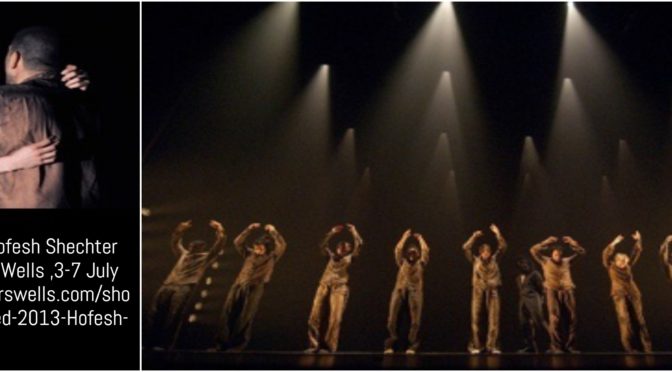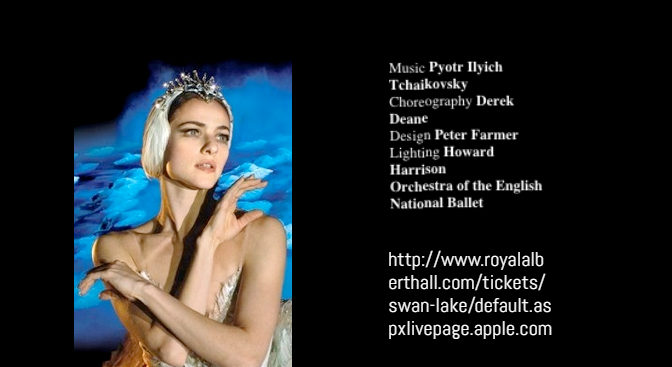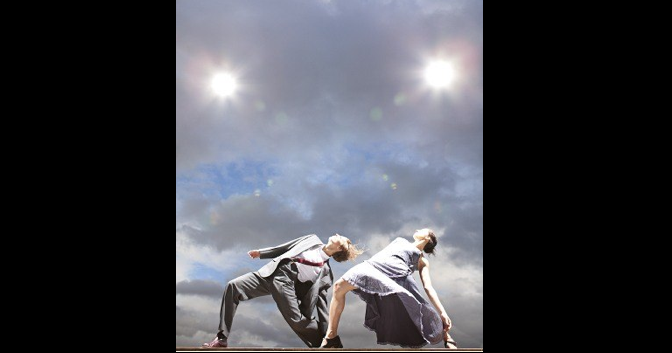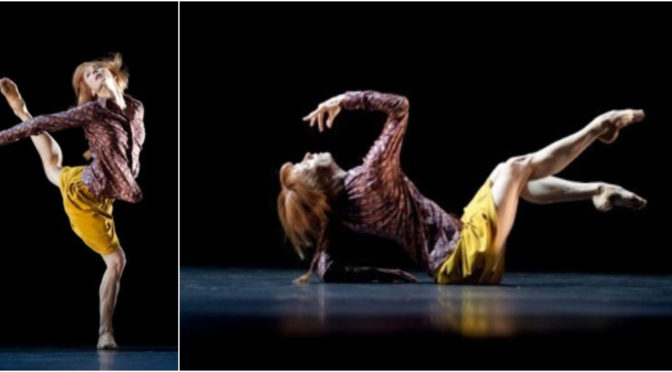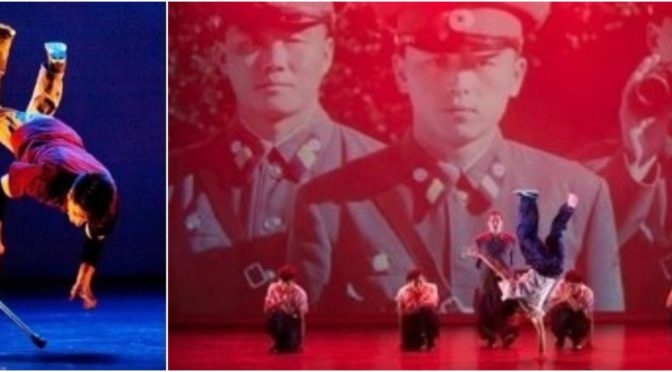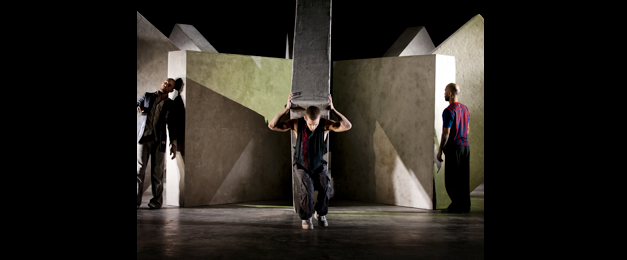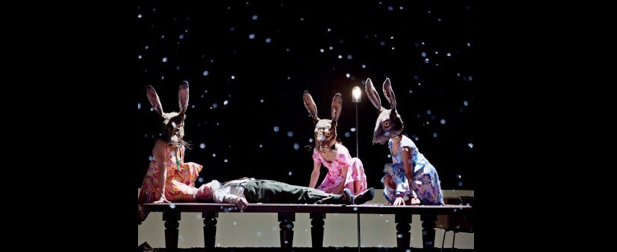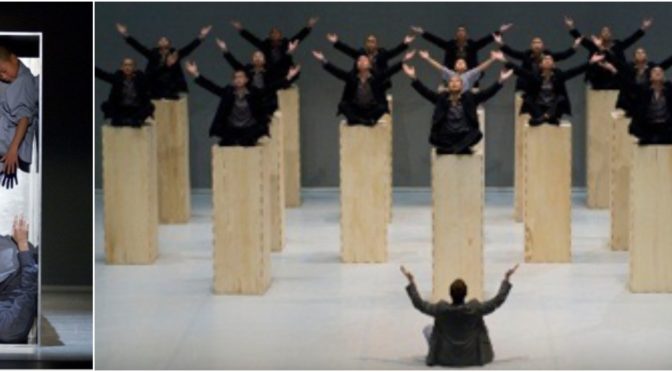Hofesh Shechter’s Political Mother, the Choreographer’s Cut is raw energy – an electric, vibrant, soul shaking collage of music and dance with a feel of a rock gig. It completely transforms a dance house like Sadler’s Wells to a rock concert venue where the music will keep you on your feet, than sit and calmly watch. Instead of reflecting intellectually the audience will want to shake and thump their feet to the beating drums and match the energy of the performers on stage. This sets Schetcher’s Political Mother in a completely different genre of dance works.
The show opens big with 24 musicians on stage, set in split levels. On the ground there is a long row of percussionists. Above this there is a row of strings. Even higher there are drums of different sizes, guitars and a rock singer blaring out loud through his microphone, an indistinctive sound. The total picture is a grandiose setting of sheer size, aura, and volume. The music with it’s imposing arrangement and choreography on stage is the winning trump of the show. It does half the job of drawing the audience in to an Odyssey of sound, light and visuals.
The remaining half is Shechter’s astonishing choreography that has already placed him as one of the most overwhelming choreographers in UK today. He started with a bang in 2004 when he created the sextet Cult commissioned by the Place Prize. It did not take him long to draw international attention to his very signature style which is a choreographic play of physical movement and captivating score, most of which is created by himself. This, Shechter says is inspired by the technique of film editing which can miraculously involve the audience in what they are watching rather than reflecting from a distance. Shechter loves cinema and it is this trick of editing that he uses in his presentation. Shechter has used 16 dancers who storm the stage with their ferocious animal energy. They appear to be raving mad when they attack with their movements. The dance completely complements the huge sound. It creates an effect of being in a closed space with accelerated vibration, soon to explode and throw you out in the space where after the boom there is calm and a tranquil high! This is the feel at the end of the show when you leave the house – you come out all charged up, but feeling smooth on the high!
The ambience has got much to do with the superb lighting design by Le Curran. He has done an astounding job in bringing out the mood of the presentation with his clever play of half lit and sometimes an almost dark stage. Suddenly springs to life and energy by flooding in a bright wash – quietly boosting the heavy drums when they kick in!
The show flows through a collage of music and dance stringed with the mysteries of the human behaviour, the instincts that guide us through the cycle of life. One predominant instinct being the ferocious urge to fight back and extricate ourselves when captive, whether in a physical prison or within the norms of modern living!
Political Mother – The Choreographer’s Cut, a staggering achievement after a tremendous effort from the entire cast almost on a war footing. Led by Shechter, they steered their path through highs and lows and anointed the flag of modern dance in the Shechter style!
Protima Chatterjee

